Weddings are a reflection of the couple’s personality, their story, and the emotions they want to convey on one of the most important days of their lives. A wedding is not just an event, but an experience that couples and their guests will remember forever. In capturing that experience, every detail counts—from the intricate florals to the stunning venue, from the couple’s attire to the emotional exchanges that unfold throughout the day. This is where the relationship between wedding design and photography becomes crucial.
Wedding design and photography are not just complementary elements; they are deeply intertwined. When executed well together, they create a cohesive and beautiful story that is captured in images that will be cherished forever. Understanding why these two aspects of wedding planning should go hand-in-hand can help couples and wedding professionals alike to elevate the overall wedding experience and ensure it is remembered for years to come.
1. Setting the Visual Tone: Design Shapes the Story
Every wedding has a specific visual tone or mood. Whether it’s an elegant, classic affair in an intimate ballroom, a rustic celebration at a vineyard, or a chic coastal wedding on the Amalfi Coast, the wedding’s design elements set the foundation for the story that will be told through photographs.
Wedding designers are responsible for selecting the colors, textures, floral arrangements, and decor that create a cohesive aesthetic. They craft an environment that aligns with the couple’s vision, helping set the stage for the wedding day. This design is more than just a backdrop for photographs—it’s a visual language that tells a story of the couple’s tastes and style.
When photography and design are aligned, the result is a collection of images that reflect that narrative. A photographer who understands the design elements of the wedding can work with them, incorporating the surroundings into the shots, using light, textures, and framing to highlight the beauty of the decor and the emotion of the moment. A well-thought-out design becomes part of the story told through each image, turning a simple photograph into a timeless piece of art.
2. Creating Cohesive Visual Storytelling
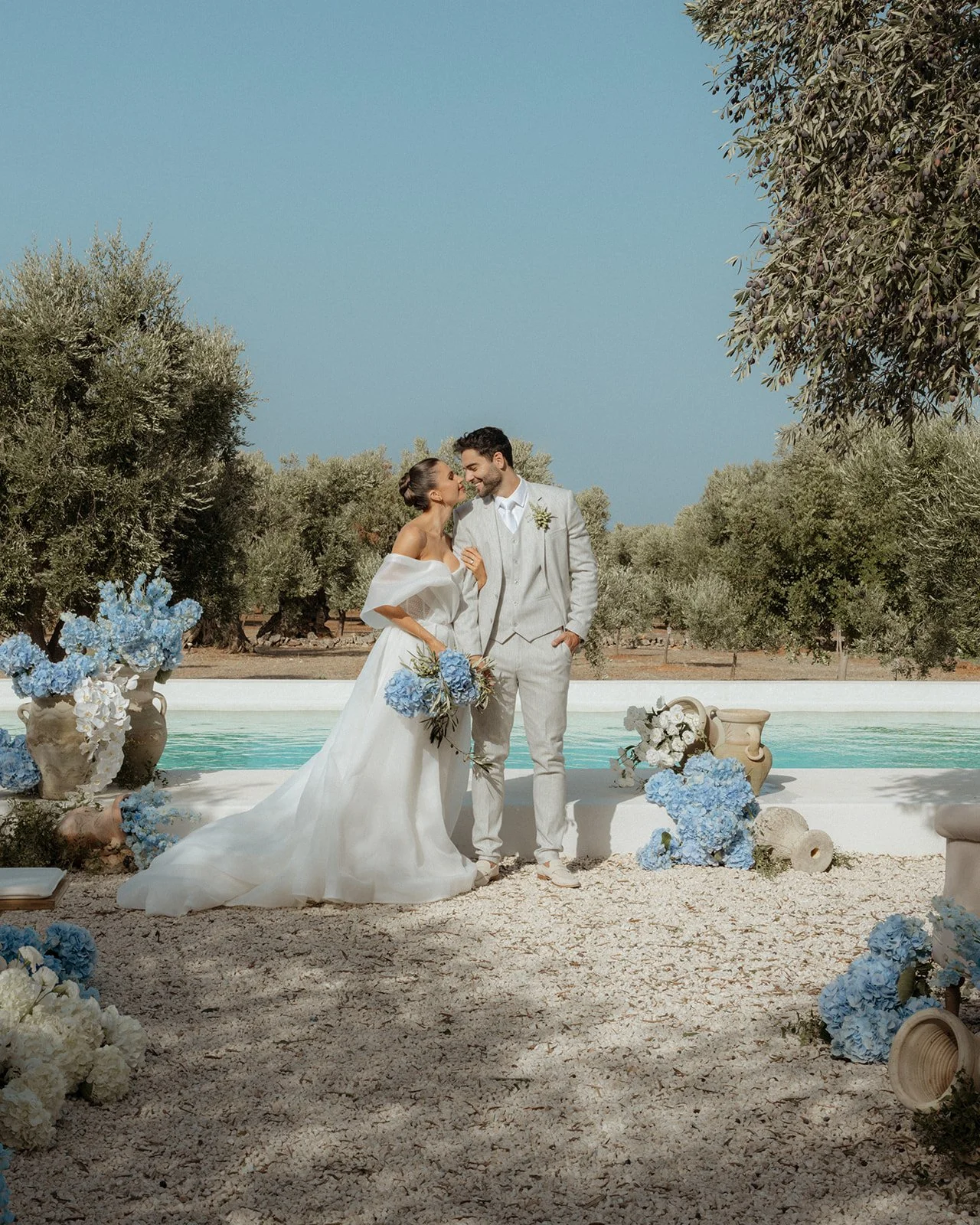
A beautifully styled wedding table at Masseria Moroseta , designed by Manda from Mae&Co Creative, showcasing a cohesive design that harmonizes with the natural surroundings. The table features unique elements inspired by the location, such as olive branches, stones from the iconic Trulli architecture, and locally sourced fennel, all adding a rustic yet elegant touch. The white and blue hydrangeas and florals by Nobel Floral Co complement the earthy tones of the stone, creating a serene and timeless atmosphere. The design seamlessly integrates the natural beauty of Puglia, bringing the location’s essence into every detail of the table setup.
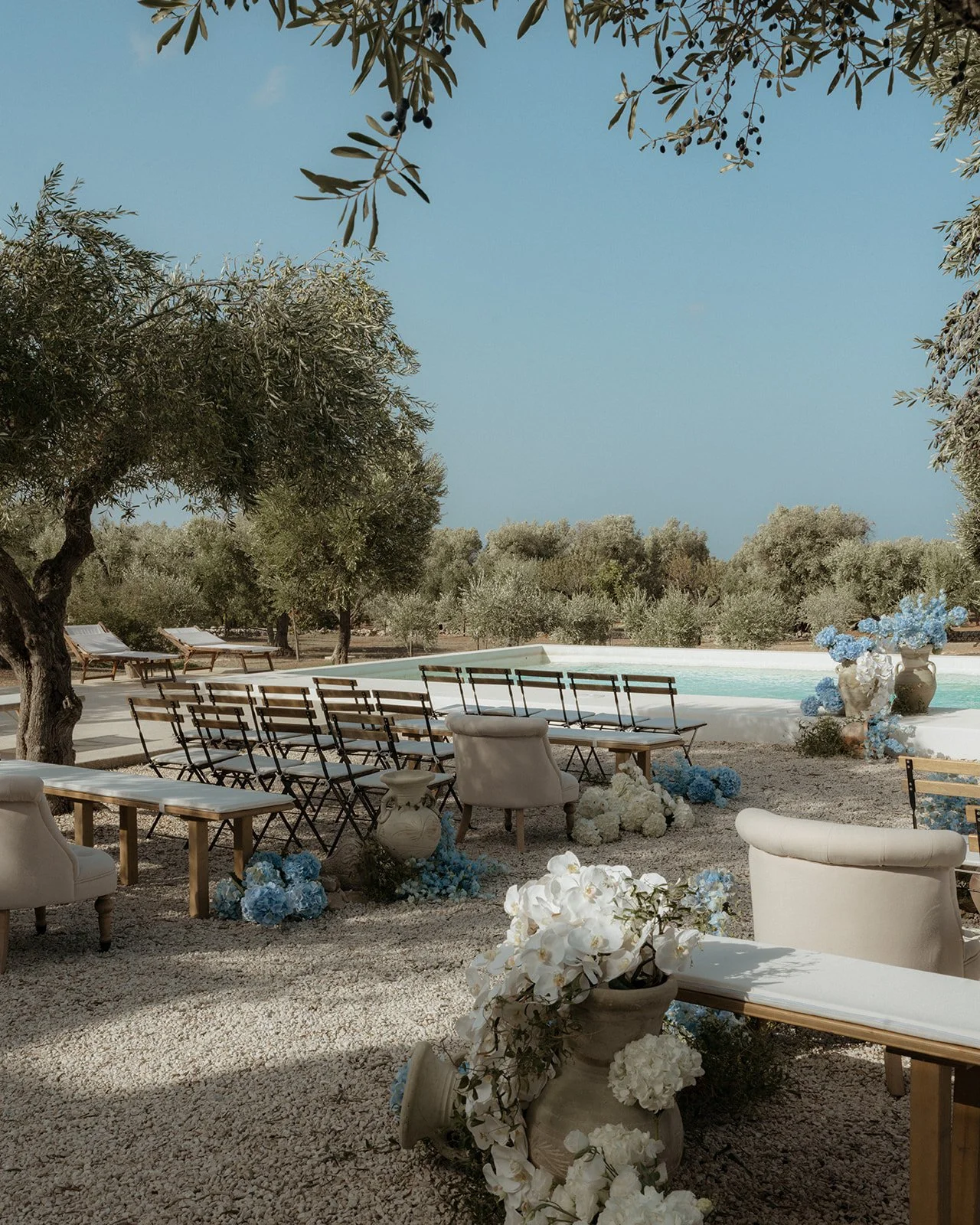
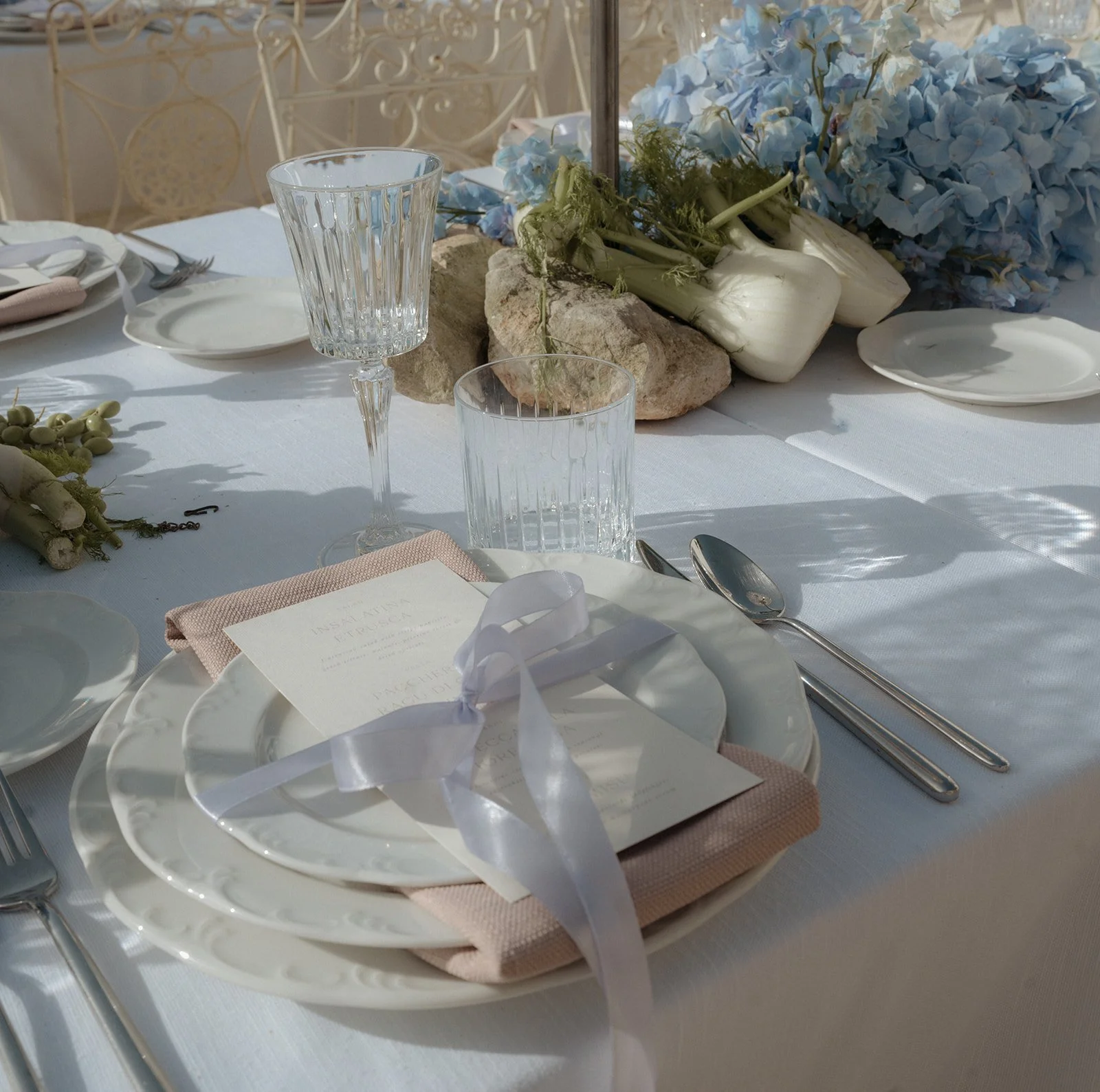
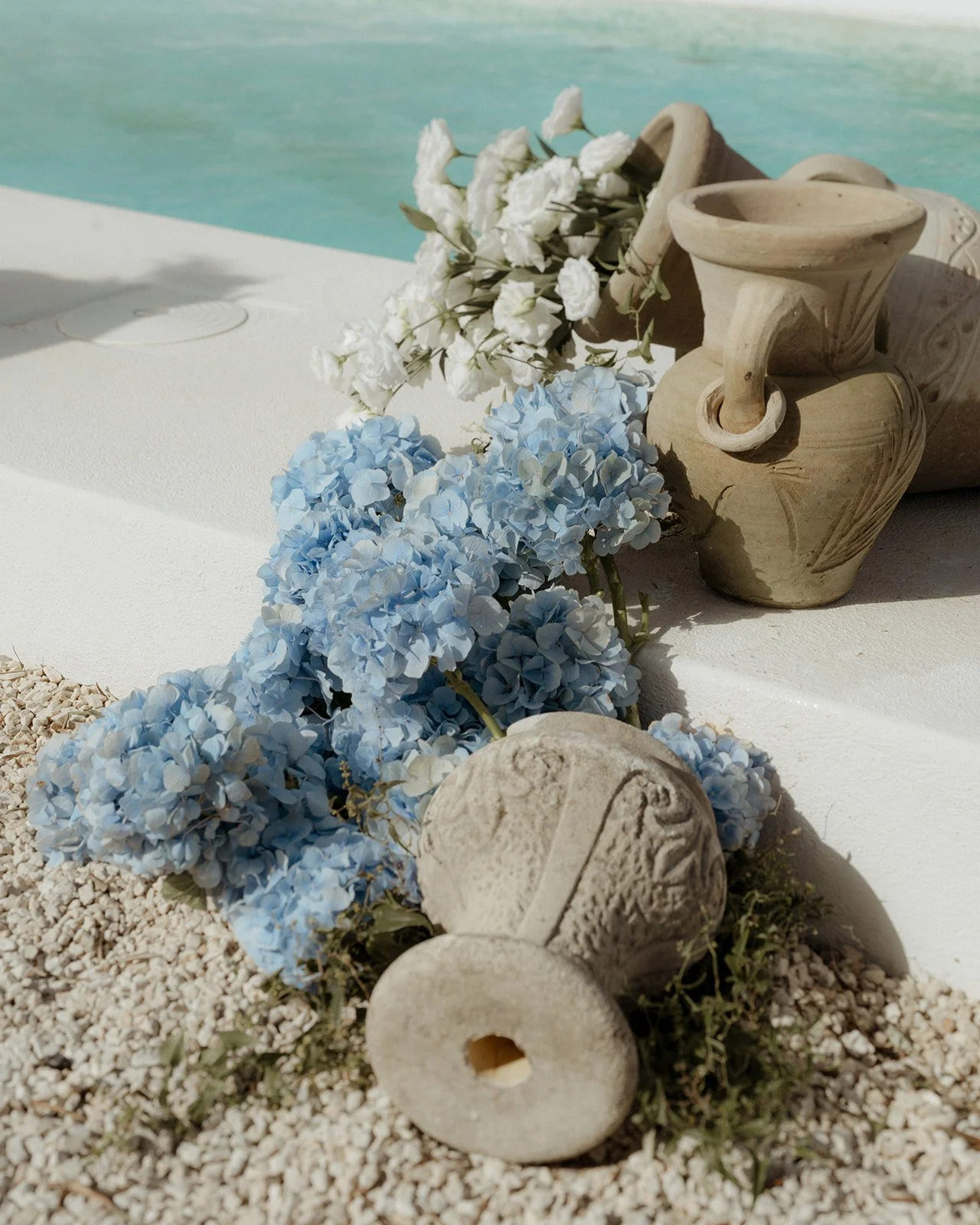
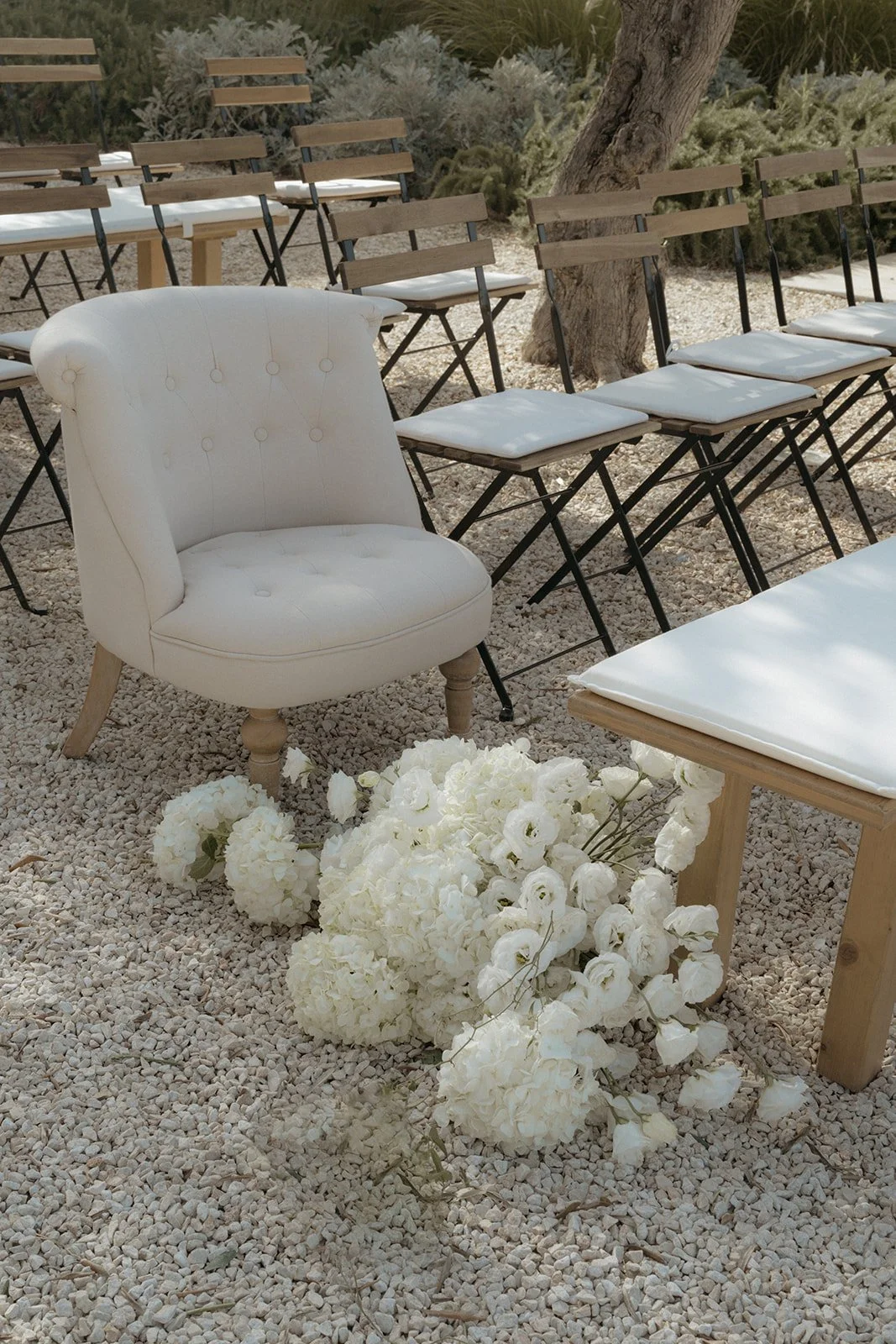
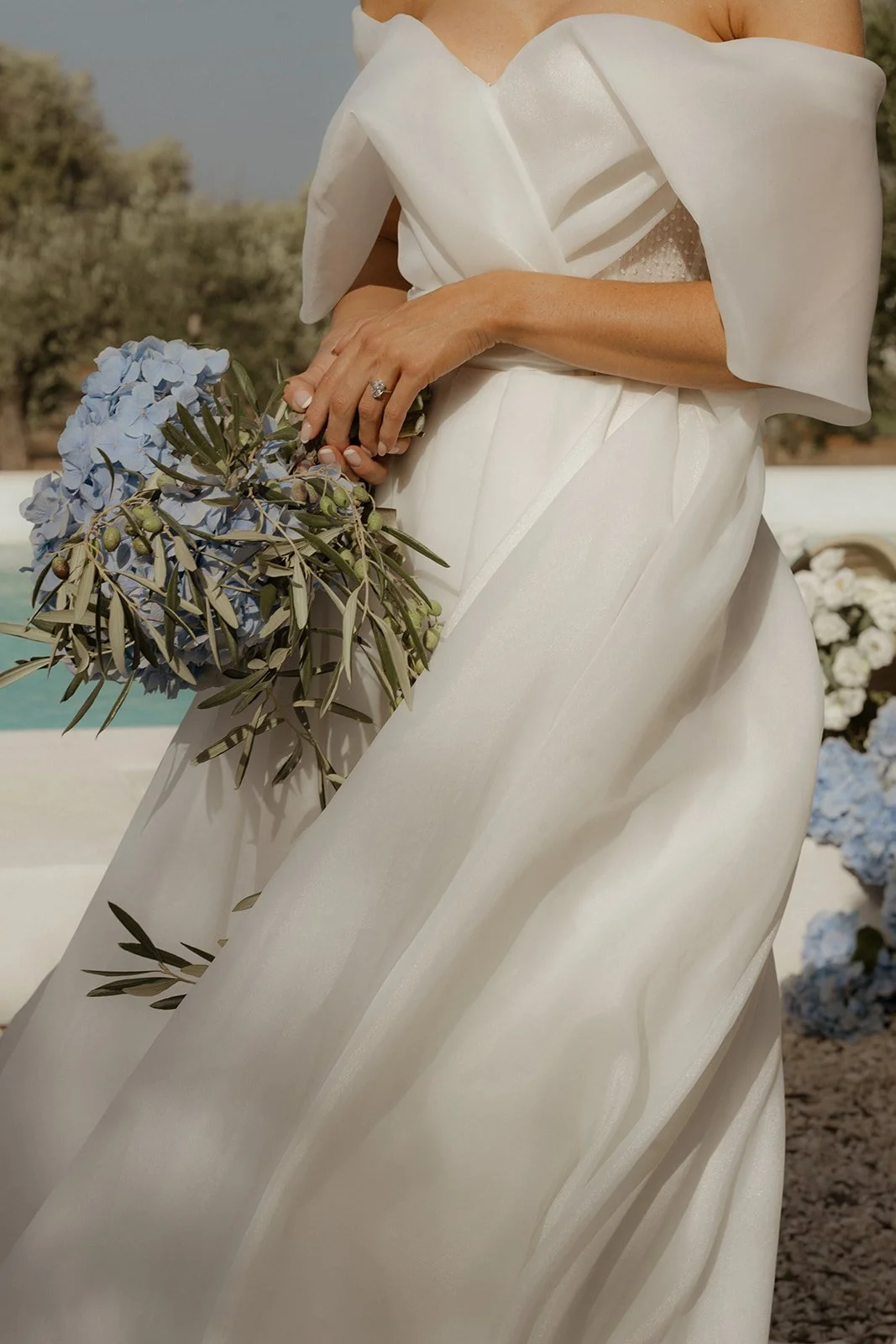
One of the most powerful aspects of wedding photography is its ability to tell a story. Whether through the intimate moments shared during the ceremony, the candid laughter at the reception, or the detailed shots of the couple’s rings and bouquet, every photograph is a chapter in the couple’s love story.
Wedding design plays a key role in this storytelling. From the design of the ceremony arch to the seating arrangement, from the choice of table settings to the placement of flowers, each element adds a layer to the narrative. A skilled wedding photographer will be able to capture these details in a way that enhances the storytelling aspect. Without the thoughtful design, the photographs may lack the richness and depth needed to tell the story visually.
When the photographer works closely with the wedding designer, the design elements can be highlighted in the photographs. For instance, if the wedding has a vintage theme with antique furniture and old-world charm, the photographer can incorporate the design elements into portraits, capturing the couple within this beautifully crafted environment. This creates images that feel timeless and personal to the couple’s unique style.
3. Design and Photography Influence Each Other
When wedding design and photography work together, they help to elevate one another. A talented photographer can offer insights into how to design a wedding to make it more photogenic, while a wedding designer can help a photographer capture the essence of the couple’s story through the wedding’s aesthetic.
Consider how lighting can play a major role in both design and photography. A wedding designer may use candles, chandeliers, and string lights to create a soft, romantic glow. A photographer, knowing how these lighting elements will affect the scene, can strategically use the light to create the perfect atmosphere in the images. When the photographer and designer are in sync, the use of light becomes a tool that enhances the beauty and drama of each shot.
Additionally, certain design elements can create iconic moments that photographers love to capture. For example, a beautifully designed ceremony backdrop, an elaborate floral arch, or an opulent reception table with striking florals and chic tableware provide opportunities for breathtaking shots. These visual elements not only bring beauty to the day but also serve as the perfect backdrop for capturing those special moments.
4. Photographing the Couple’s Vision
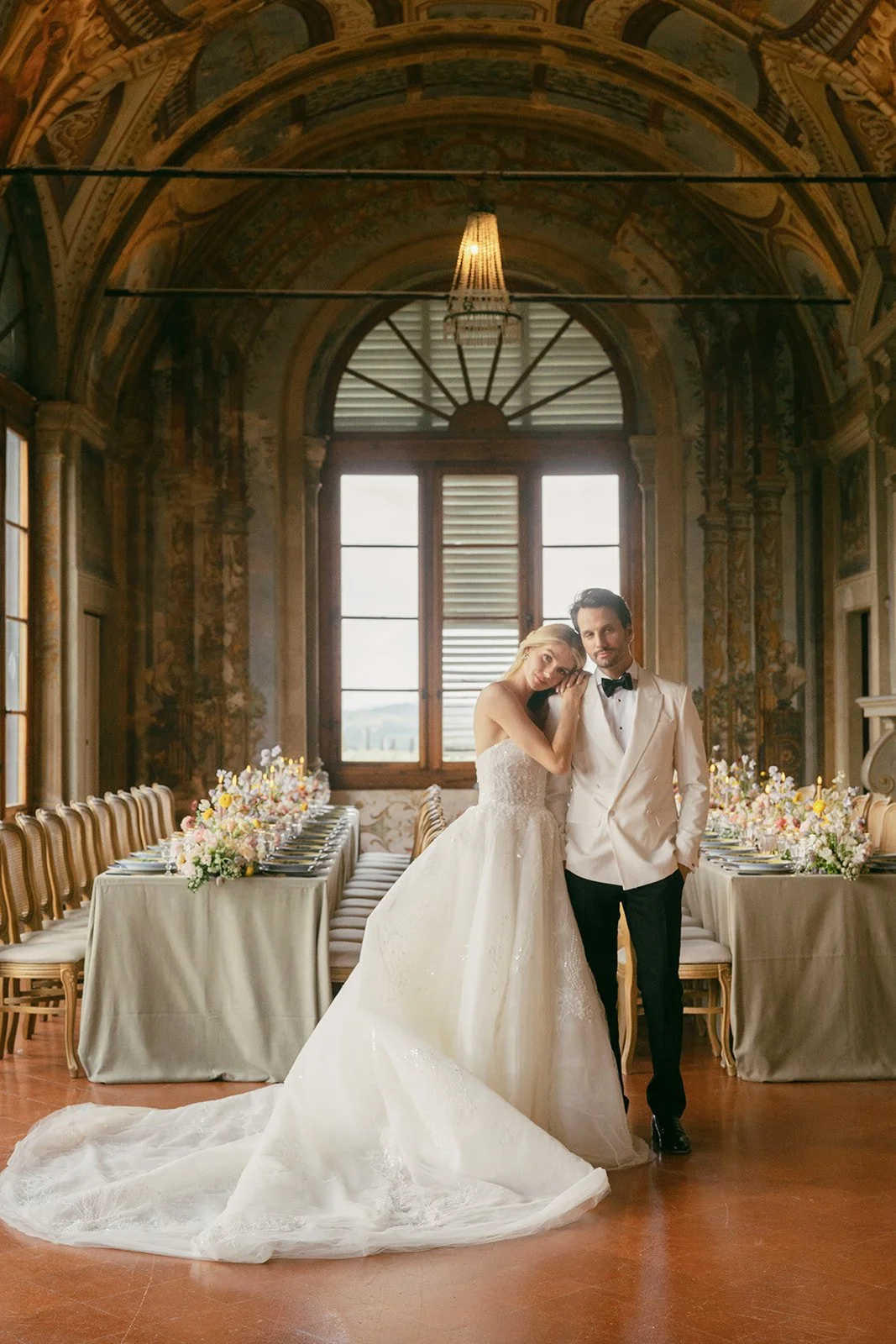
A stunning couple standing elegantly in front of a beautifully designed tablescape at Villa Corsini , crafted by Kaleb Norman James. The exquisite design features luxurious florals by Winsome Floral , complementing the romantic ambiance of the venue. The couple’s attire perfectly aligns with the sophisticated atmosphere, as soft candlelight illuminates the intricate table setting. Designed by NKT Events, the scene is a seamless blend of timeless beauty and modern elegance, capturing the essence of their love and the stunning surroundings.
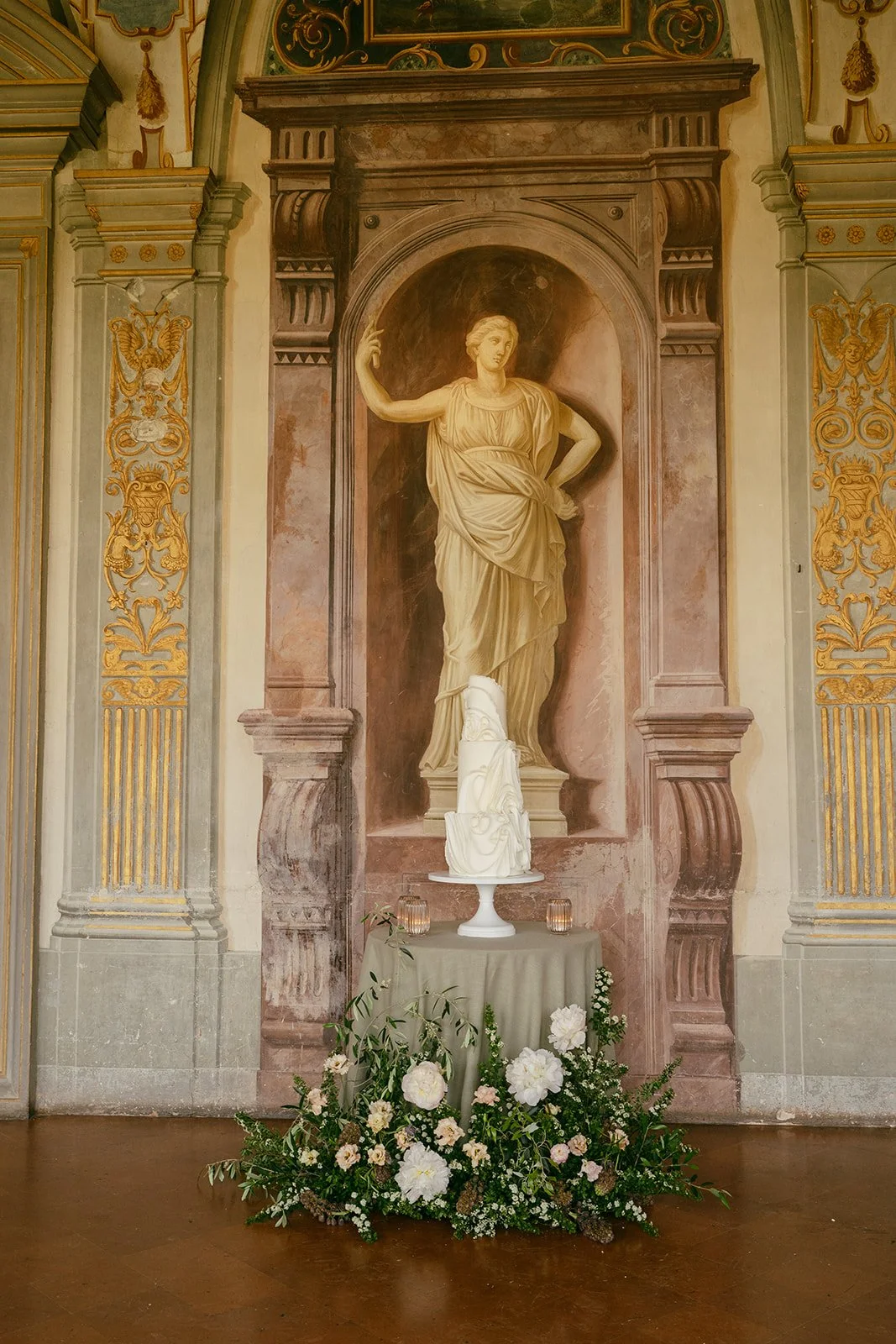
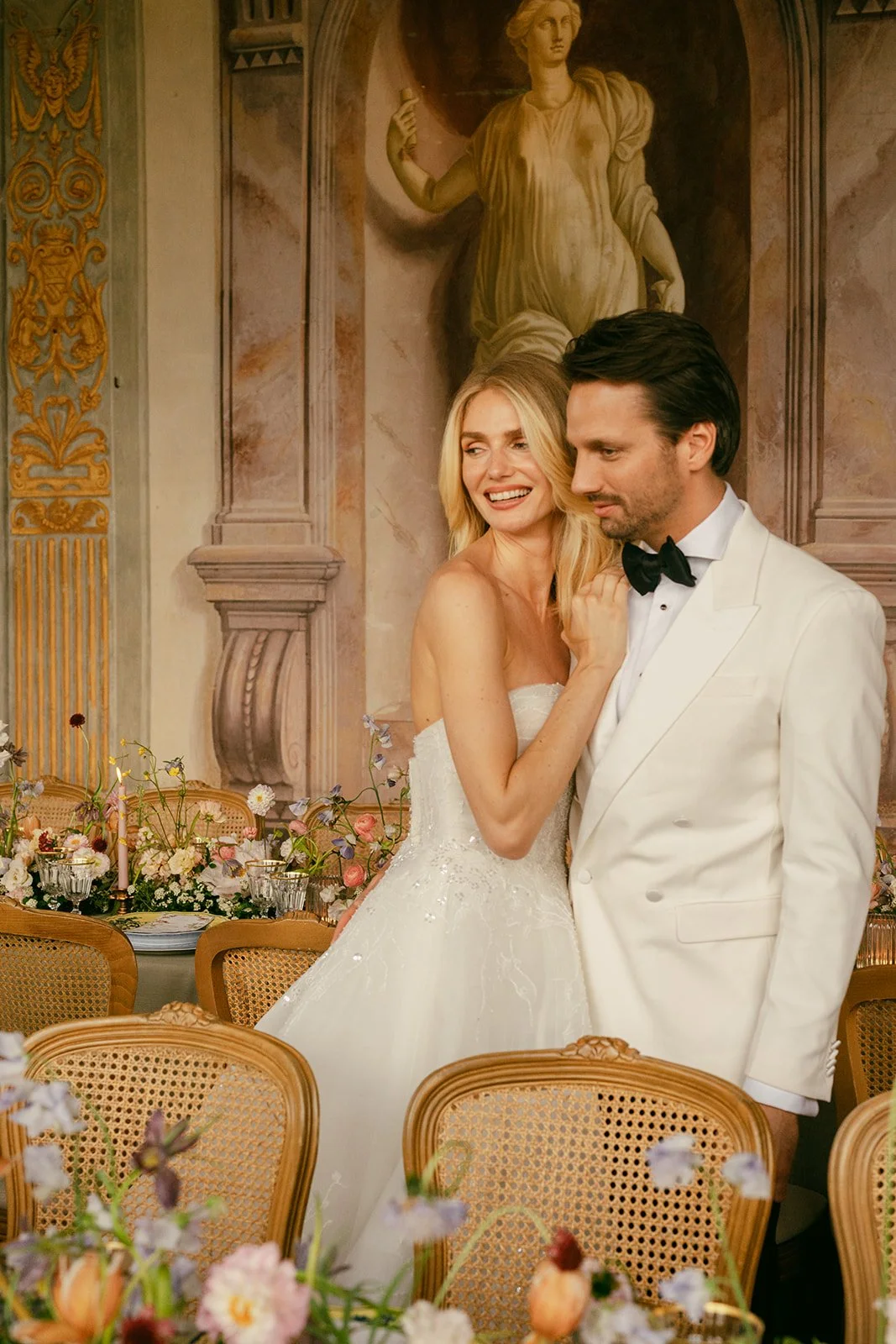
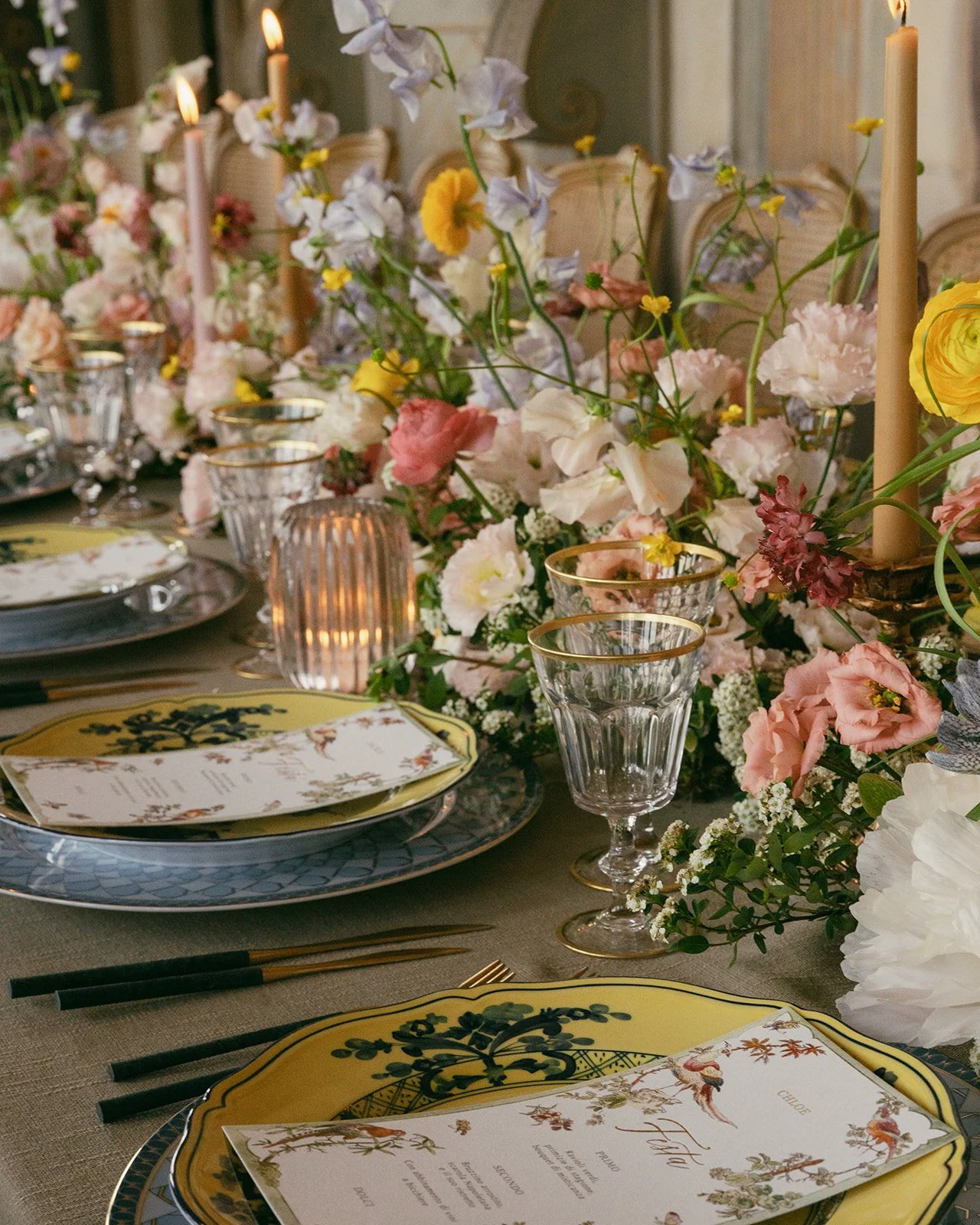
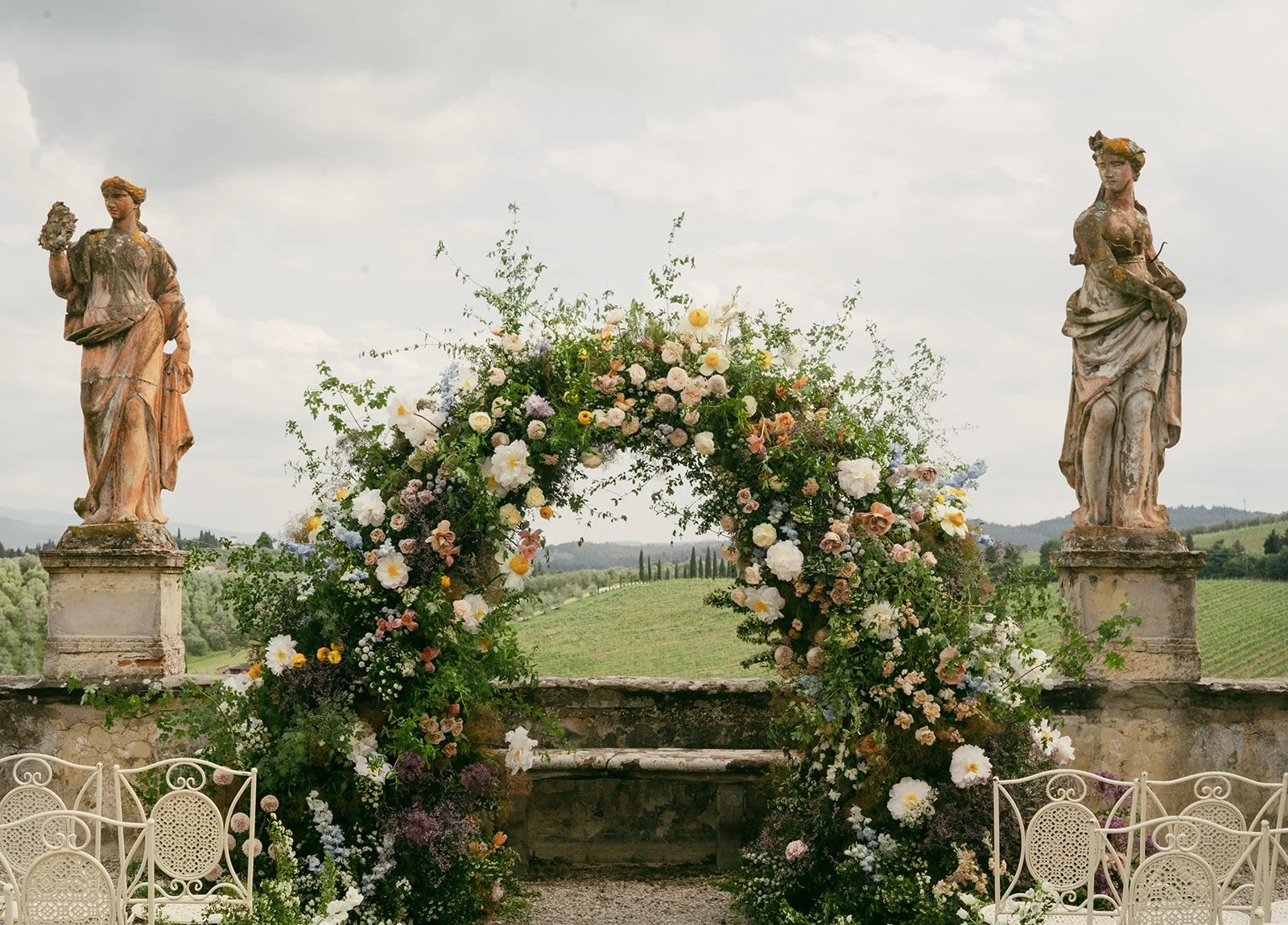
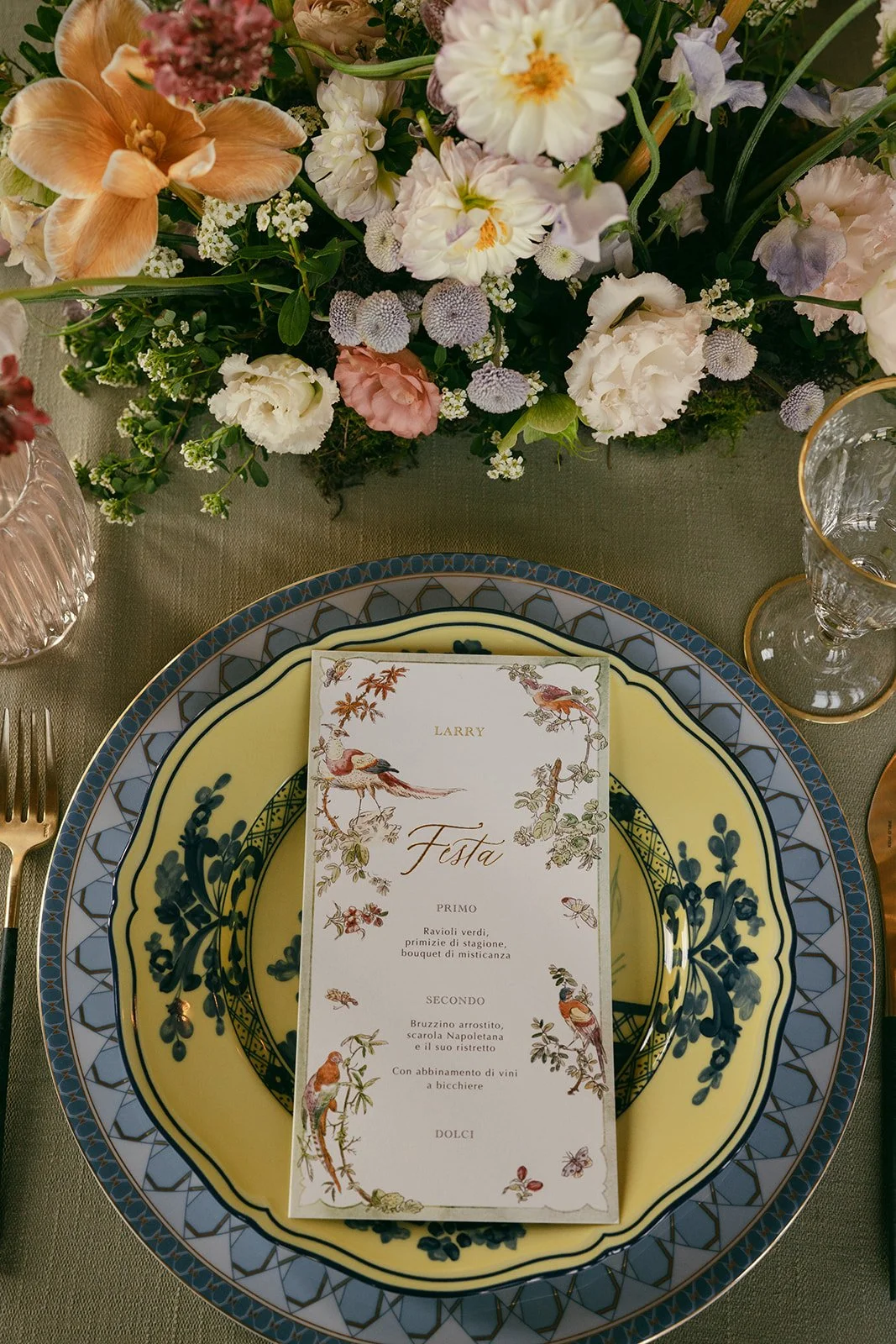
Couples often come to a wedding designer with a vision in mind, one that is deeply personal to them. This vision could be inspired by their heritage, their favorite places, or their shared hobbies. It’s up to the designer to translate that vision into reality, ensuring that every element aligns with the couple’s style.
As a photographer, understanding this vision is key to documenting the day. It’s important to see the wedding not just as an event, but as a personal journey. The design choices made by the couple should guide the photographer’s creative process. For instance, if the couple has chosen a particular color palette or theme, the photographer can use this as a basis for how they frame shots, what details they emphasize, and how they use lighting to complement the design. The photographer’s ability to understand and capture the couple’s vision is what makes the images feel authentic and personal.
5. Capturing The Details that Matter Most
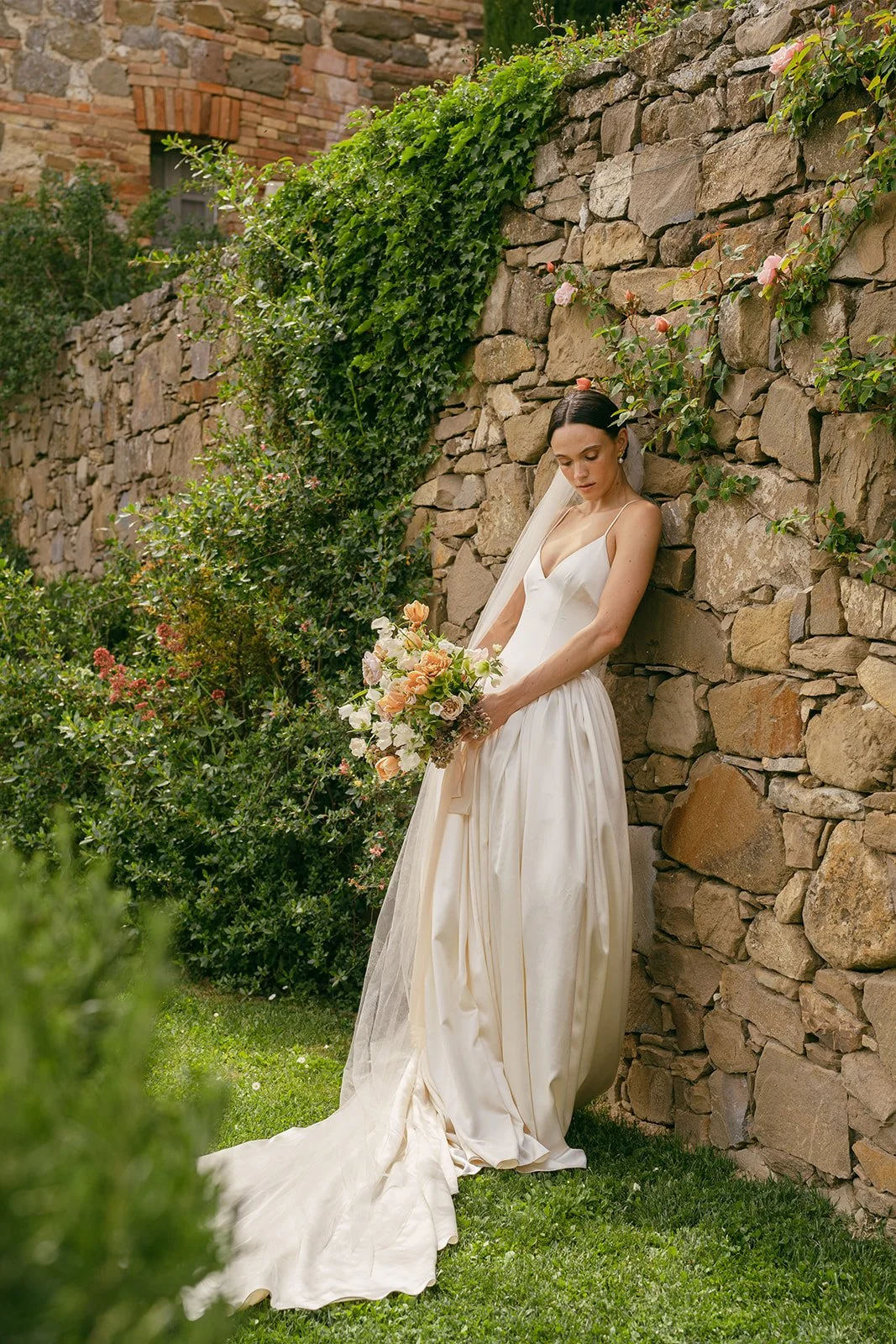
A bride exudes modern elegance in a sleek Danielle Frankel gown , standing against the breathtaking backdrop of Monteverdi Tuscany . The gown’s contemporary silhouette beautifully contrasts with the historic charm of the venue’s stone architecture and rolling countryside views. She holds a refined bouquet by Winsome Floral, featuring delicate blooms that complement the natural tones of the Tuscan landscape. The soft, golden light enhances the romantic yet sophisticated ambiance, capturing the essence of a timeless yet modern wedding aesthetic.
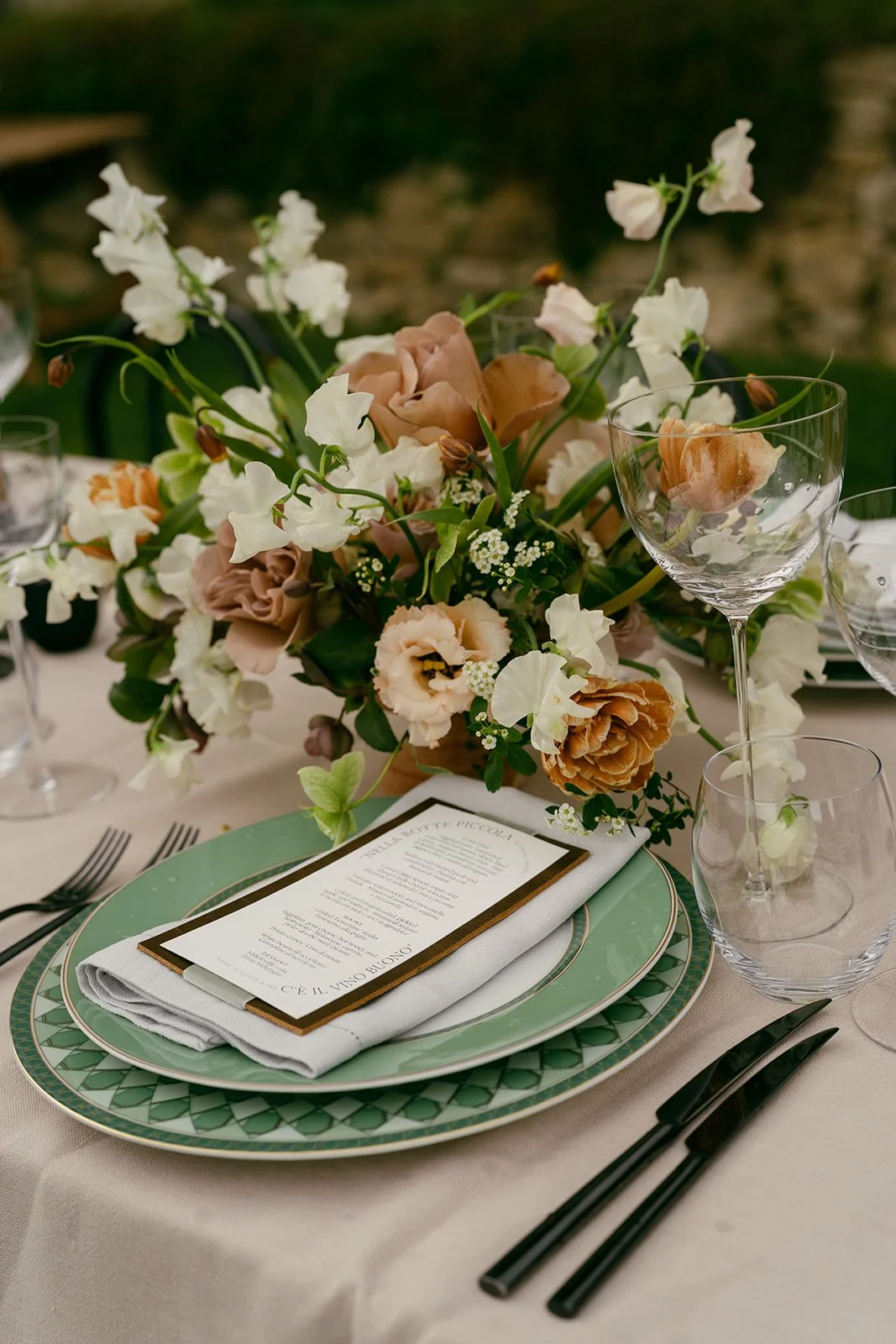
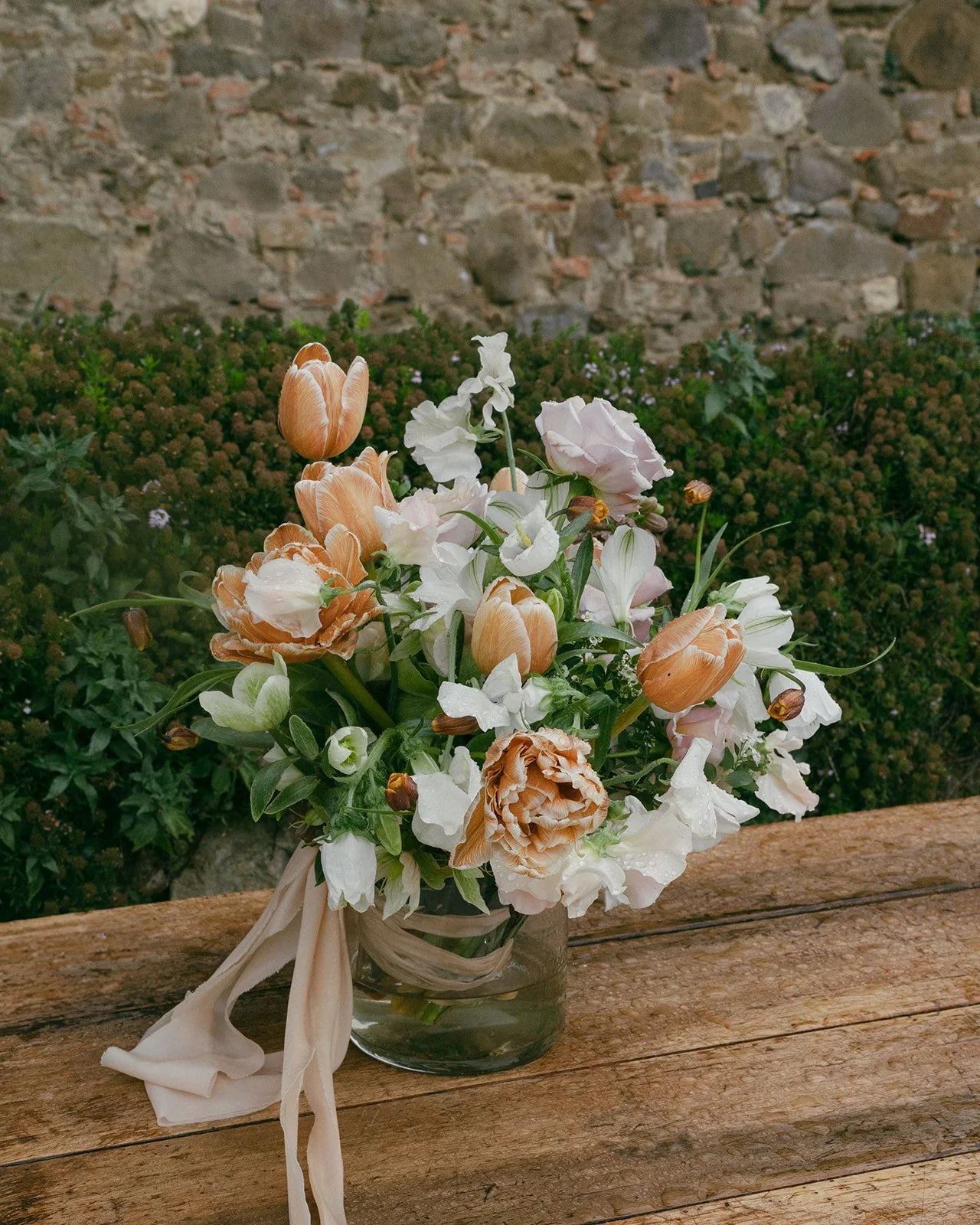
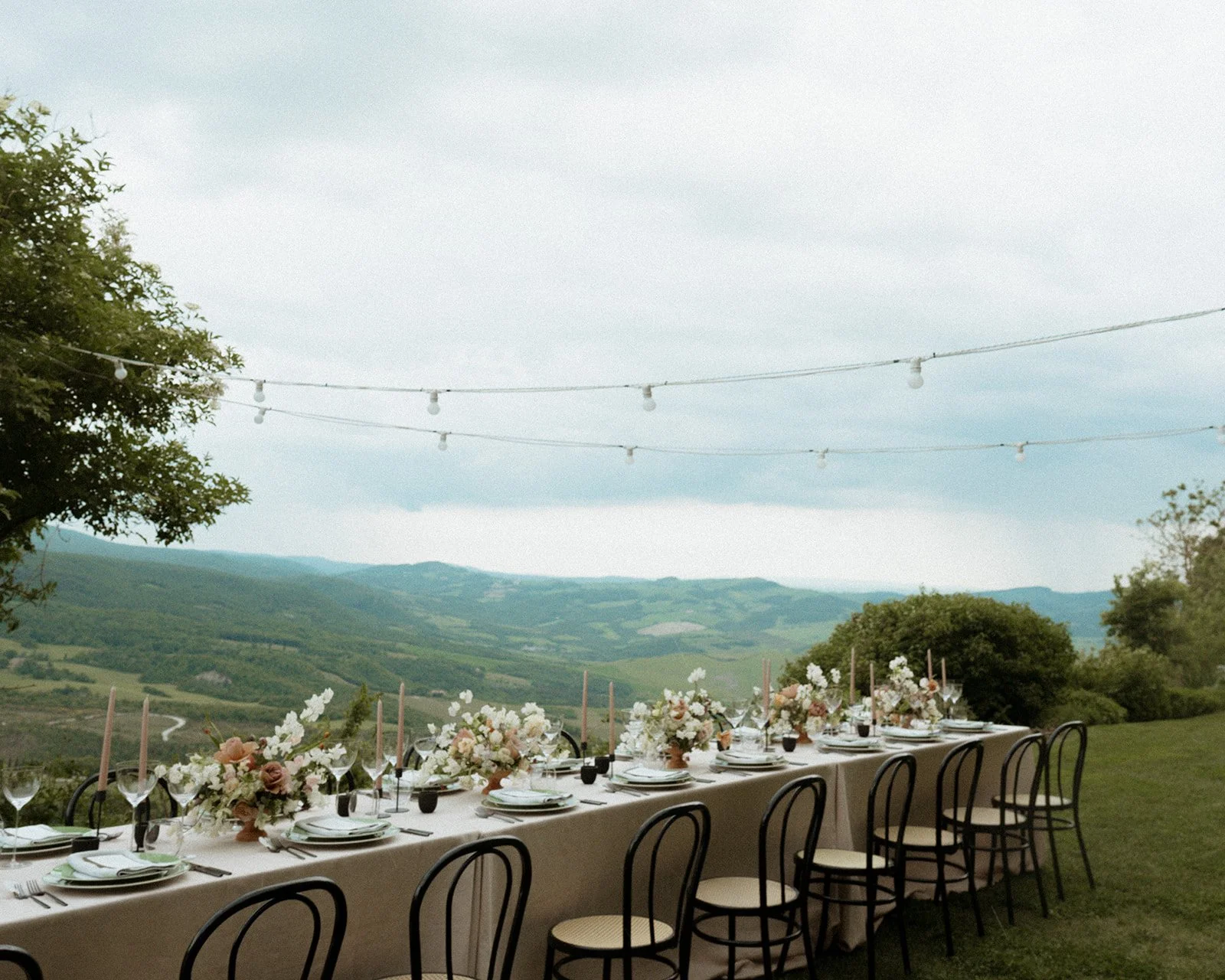
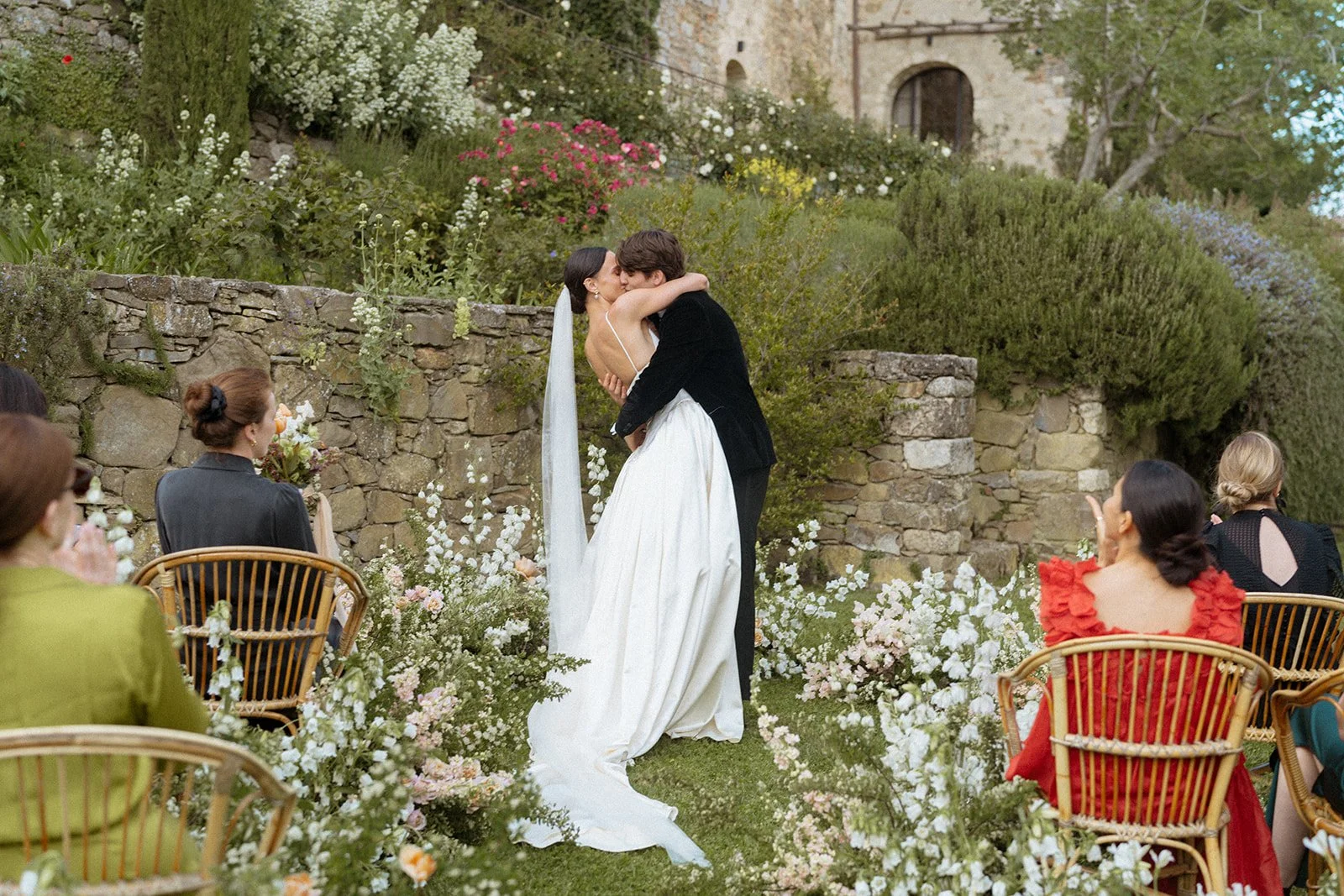

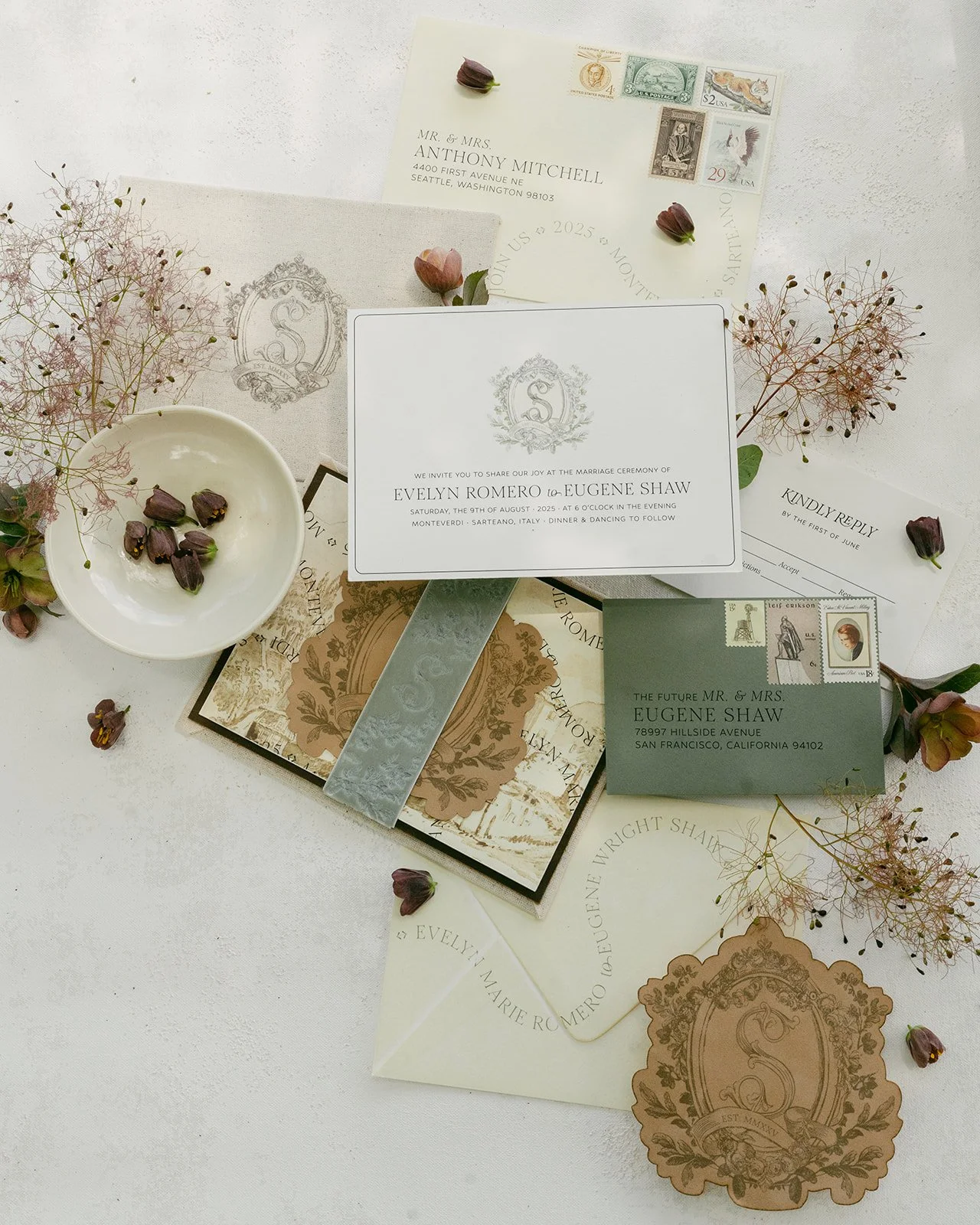
Weddings are full of details—from the bride’s gown to the table centerpieces, from the cake to the floral arrangements. These small touches contribute to the overall design and atmosphere of the wedding and are essential elements in telling the couple’s story.
A photographer with an eye for design will not only capture these details but will elevate them through their lens. Instead of simply snapping pictures of flowers, a talented photographer will use composition, light, and texture to create stunning, high-quality images that highlight the artistry of the design. Similarly, the photographer can guide the design by recommending specific colors, elements, or textures that will work best for photography, ensuring that every aspect of the design can be appreciated visually.
6. Why Collaboration is Key
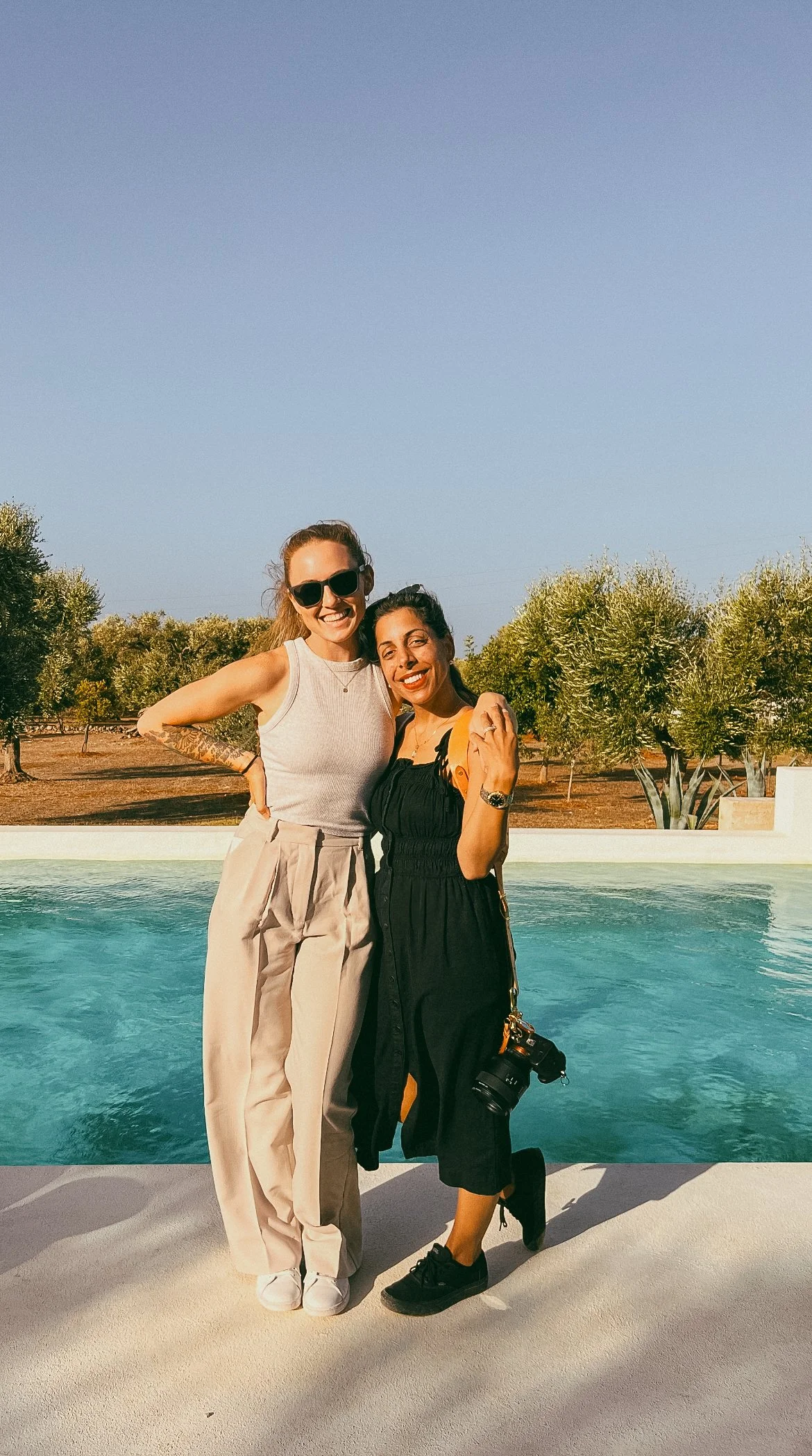
Manda from Mae&Co Creative and I posing together, capturing a moment of joy and collaboration. As a talented planner whose vision I loved working with, Manda’s expertise in wedding design shines through in every detail she creates. Our shared passion for storytelling and aesthetics made this partnership seamless and inspiring. The backdrop reflects the elegance and style we bring to our work, making this a special memory of a beautifully executed styled wedding.
The most successful weddings are those where the photographer and designer collaborate closely. Wedding planning is often a team effort, and each vendor plays an essential role in creating a seamless, beautiful event. Photographers and wedding designers should work hand-in-hand from the early stages of the planning process. This ensures that the photographer is aware of the design choices being made and that the design complements the photography style.
Collaborating in the early stages of wedding planning gives both the photographer and designer a chance to brainstorm ideas, discuss the vision for the day, and ensure that the design elements are suitable for capturing on film or in digital shots. When both professionals are on the same page, the final result is a stunning set of photographs that feel cohesive, intentional, and deeply personal.
Conclusion
The relationship between wedding design and photography is undeniably intertwined. The thoughtful design choices made by the wedding designer set the tone and mood for the day, creating a beautiful backdrop for the couple’s celebration. In turn, photography brings those designs to life, capturing the details, emotions, and moments that make each wedding unique. When these two elements are in harmony, the result is a collection of images that tell a powerful, timeless story—one that will be cherished for a lifetime.
For couples seeking to create a wedding that’s not only visually stunning but also deeply meaningful, working with both a talented wedding designer and a photographer who understands the value of design is crucial. Together, these professionals will create a wedding experience that reflects the couple’s vision and captures every beautiful, fleeting moment.
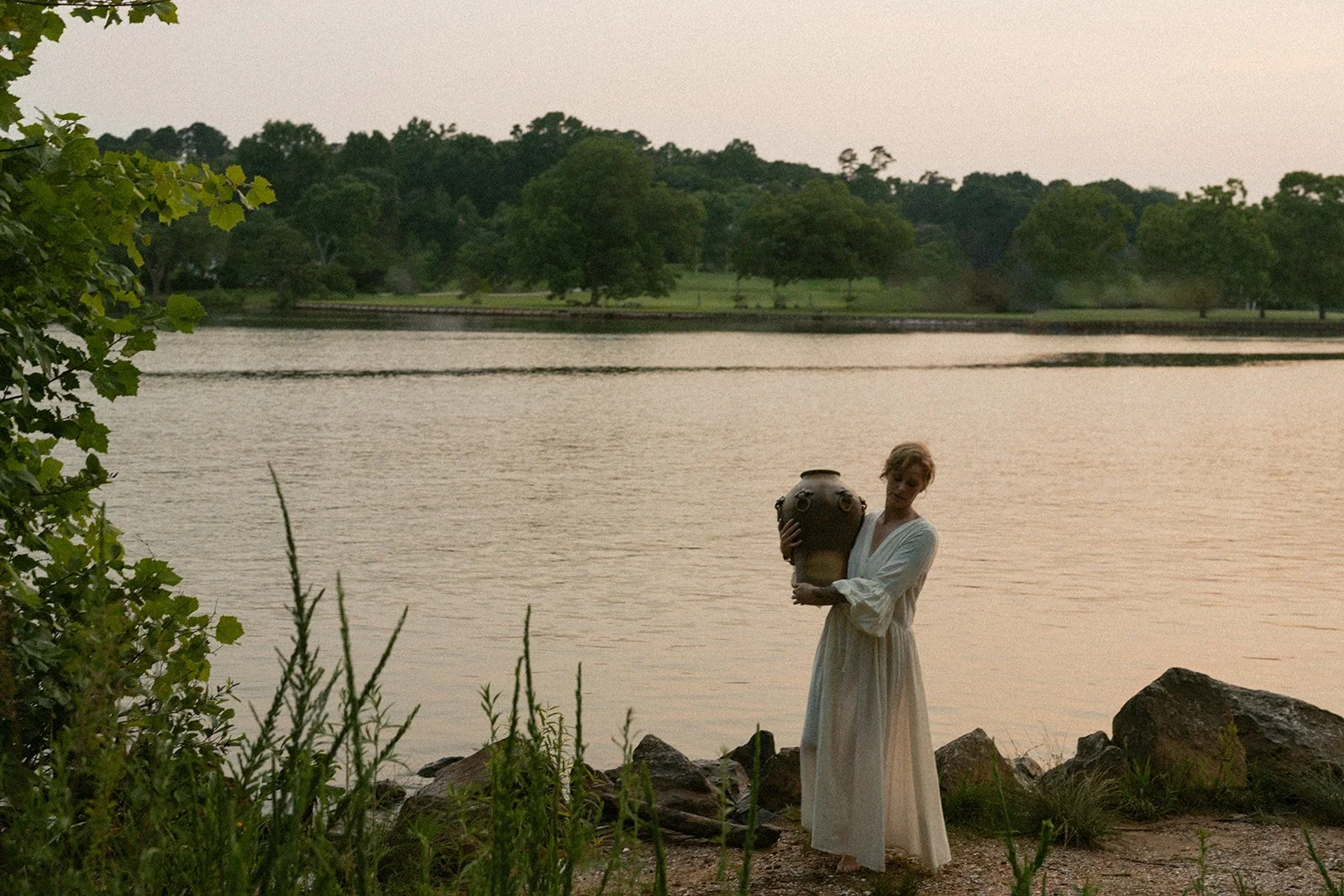
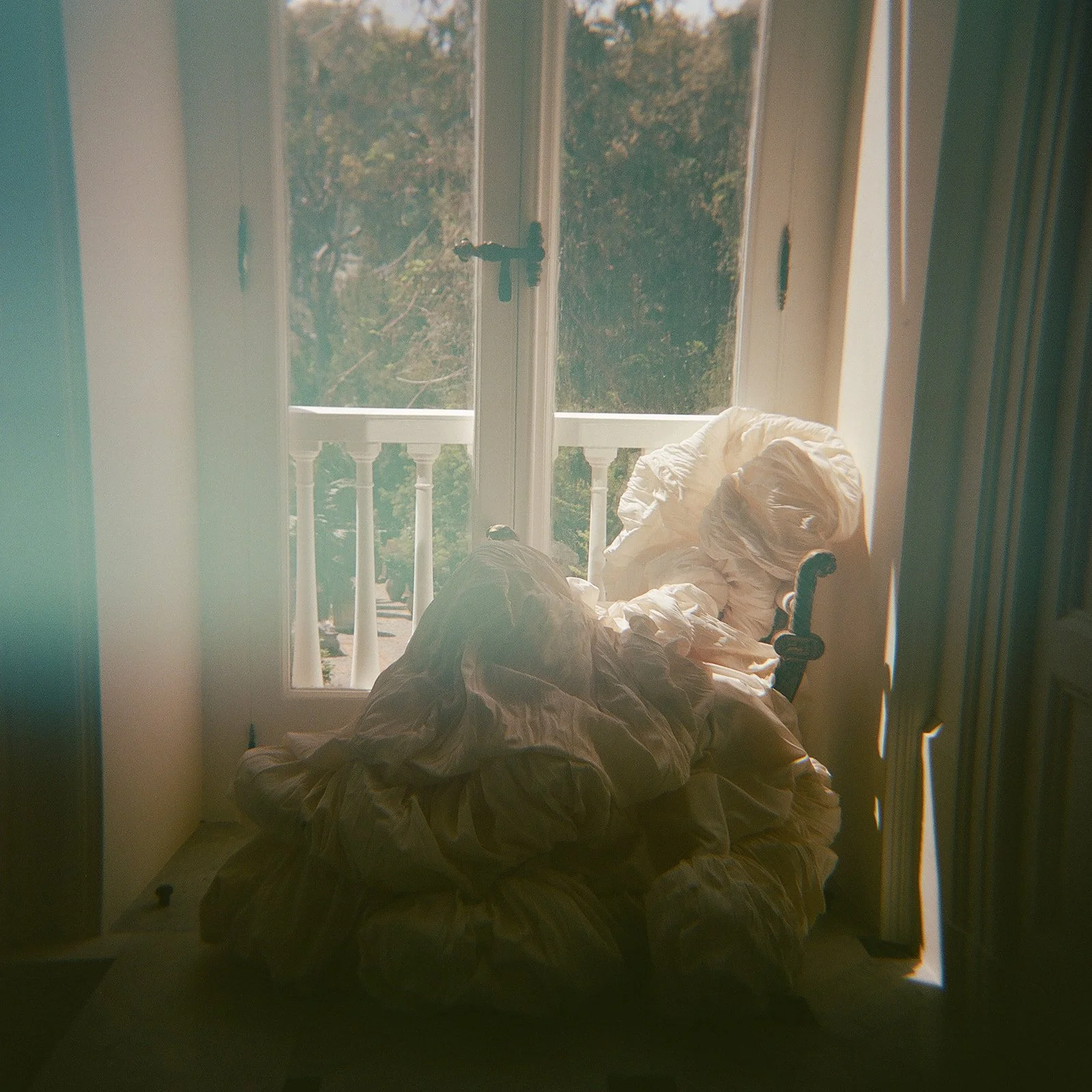
If you’re planning a destination wedding in Tuscany, Villa Corsini offers the perfect blend of historic charm and refined elegance. This styled shoot, produced by NKT Events and designed by Kaleb Norman James, showcases an elevated take on Italian wedding romance—complete with couture fashion, refined florals, and a timeless editorial mood.